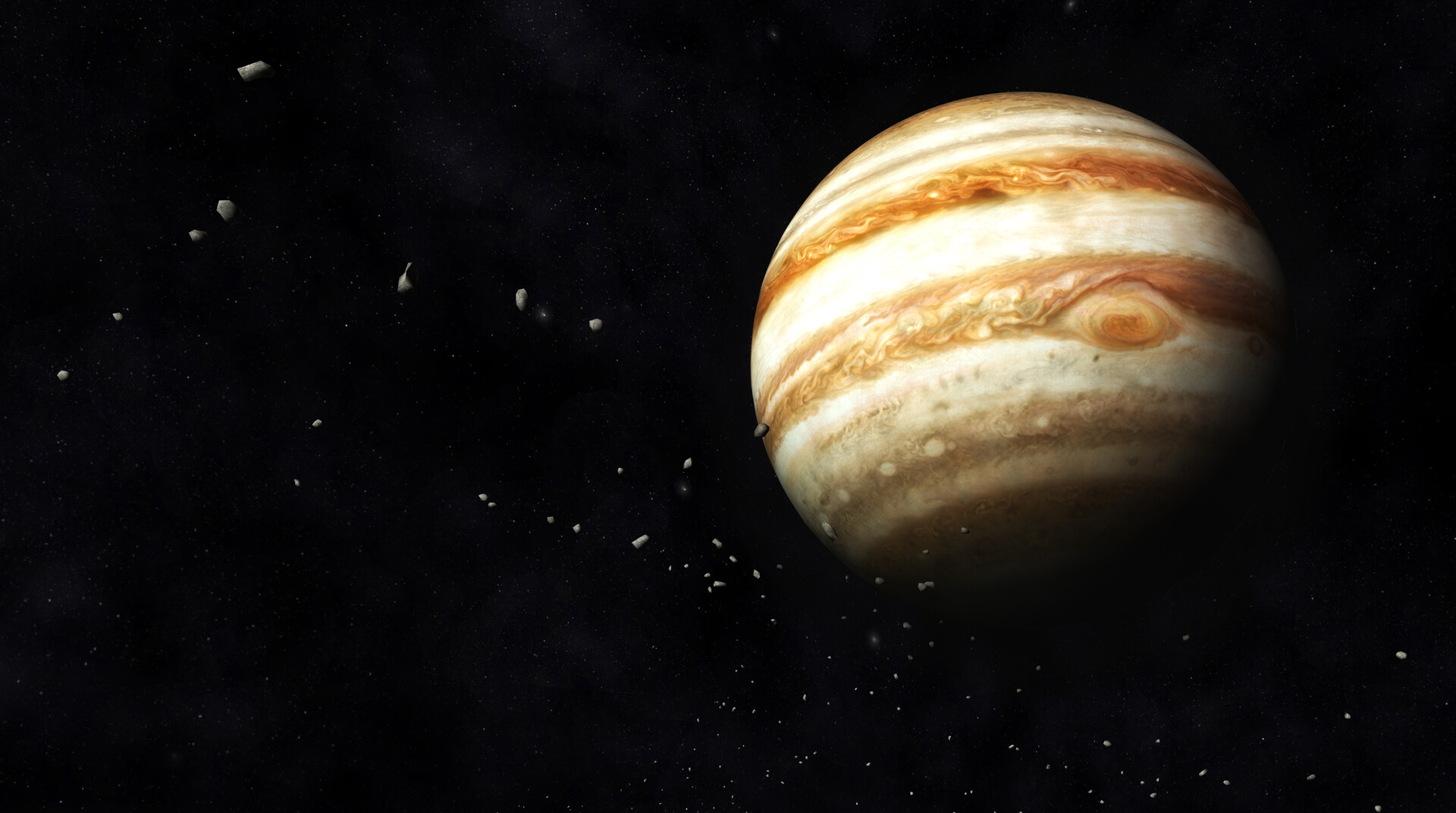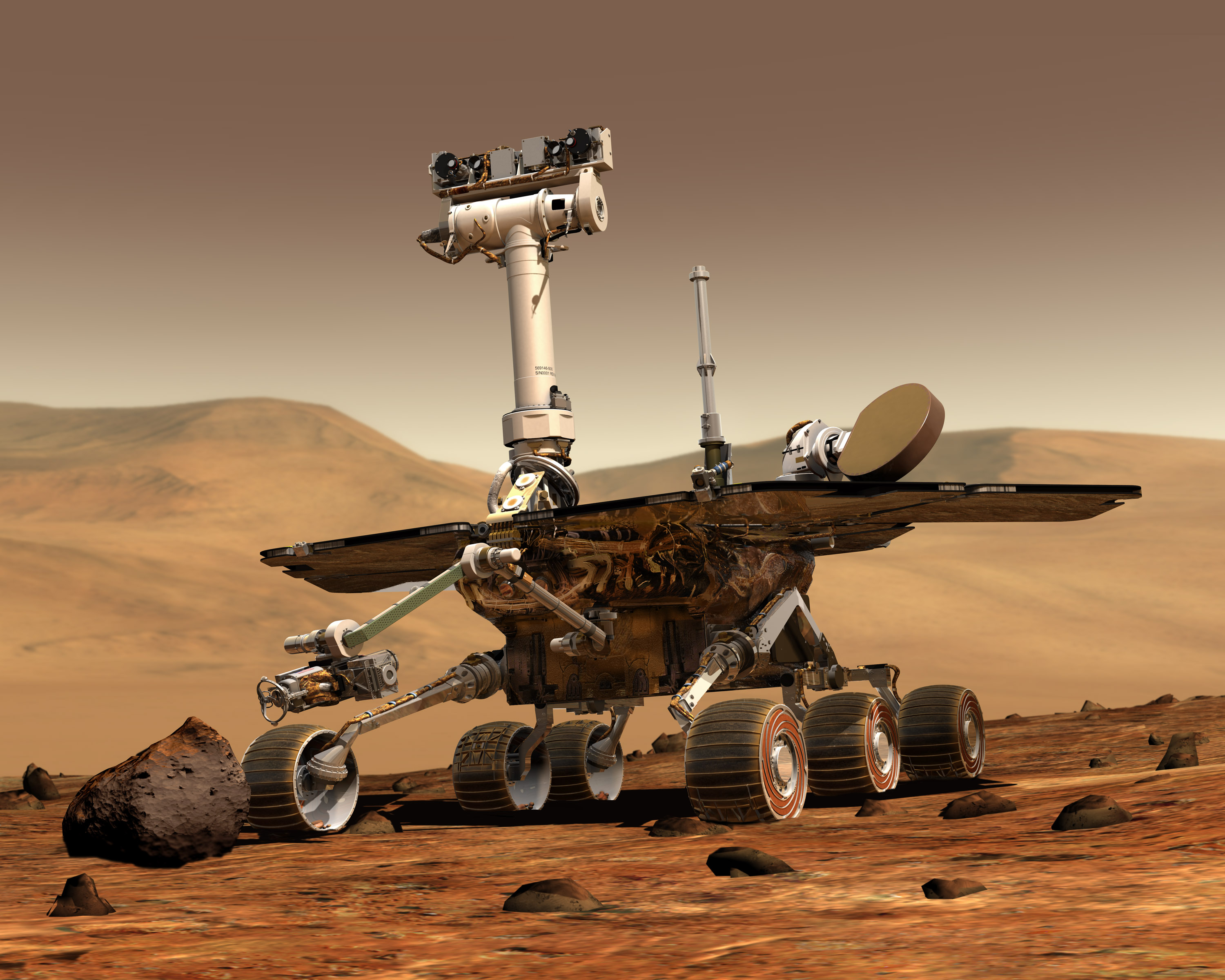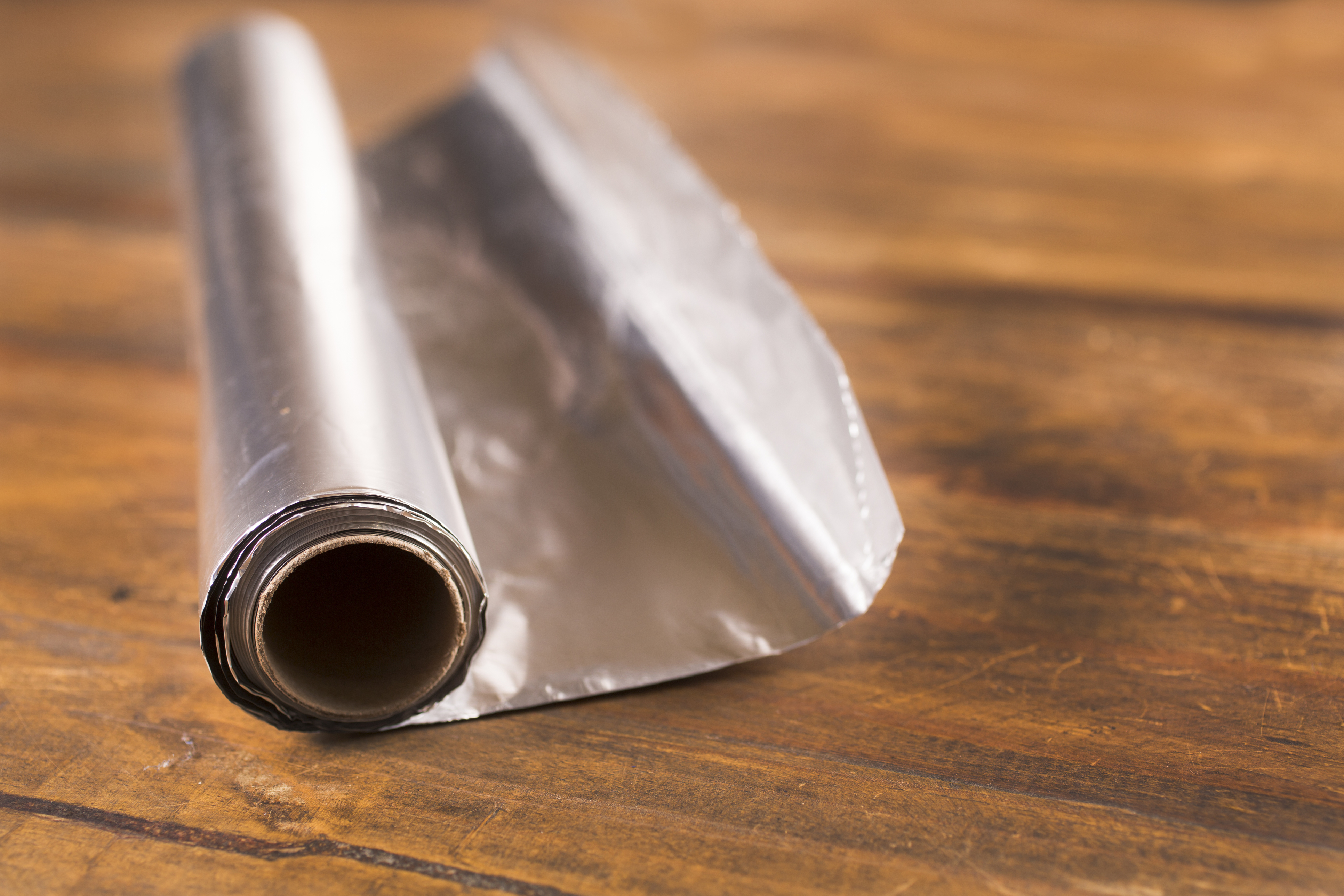
To Infinity and Beyond… the Kitchen
When you hear the words aluminum foil, odds are you immediately picture the household foil we all have in our pantries. We use it to cook our Thanksgiving turkeys, keep our weeknight leftovers fresh and protect our favorite desserts.
Foil is perfect for use in food and pharmaceutical packaging because it provides a complete barrier to light, oxygen, moisture and bacteria.
It's flexible yet strong, can be used in both convection and fan-assisted ovens, and enables storage of perishable goods without refrigeration.
But did you know that the foil we know and love has also supported missions to space?
No Stranger to the Stars.
Aluminum has played a crucial role in space exploration from the beginning, chosen for its lightweight strength and ability to withstand the stressors of space travel.
NASA spacecraft and space shuttles, as well as the International Space Station, rely on aluminum to enable space exploration.
From Apollo to SpaceX, aluminum helps take us to the final frontier.

Aluminum Foil to the Rescue
Over 40 years ago, the Voyager mission explored Jupiter and Saturn more than ever before, and surveyed Uranus and Neptune for the first time before leaving the solar system. A few months before launching the twin Voyager probes, NASA engineers ran into a difficult problem—Jupiter appeared to have more intense magnetic and radiation fields than originally anticipated.
"Two months before shipping to the Cape for launch, the scientists were predicting that the magnetic fields around Jupiter were intense enough that they would accelerate particles."
- Frank Locatell, a Voyager project engineer, said in a PBS documentary called "The Farthest."
These high-speed particles could destroy the probes and ruin the mission, which cost billions in today’s dollars. The problem wasn’t the overall spacecraft, but the timing of the discovery. Launch was imminent, and NASA was running on celestial time to meet the planetary alignment that made the mission possible.
So, what do you do when you need to shield a spacecraft from intense magnetic and radiation fields in a limited amount of time? Head to the grocery store.
Locatell sent a technician to a local grocery story in Florida to purchase all of their kitchen-grade aluminum foil. The team then got to work preparing the foil for its trip to space—unrolling the foil, cutting it into strips, sanitizing it and then wrapping every exterior cable on the two probes.
Lucky for the Voyager team, their innovative use of a pantry staple appears to have worked. NASA launched both Voyager spacecrafts in the fall of 1977 and received unprecedented images of the outer solar system in 1979.

